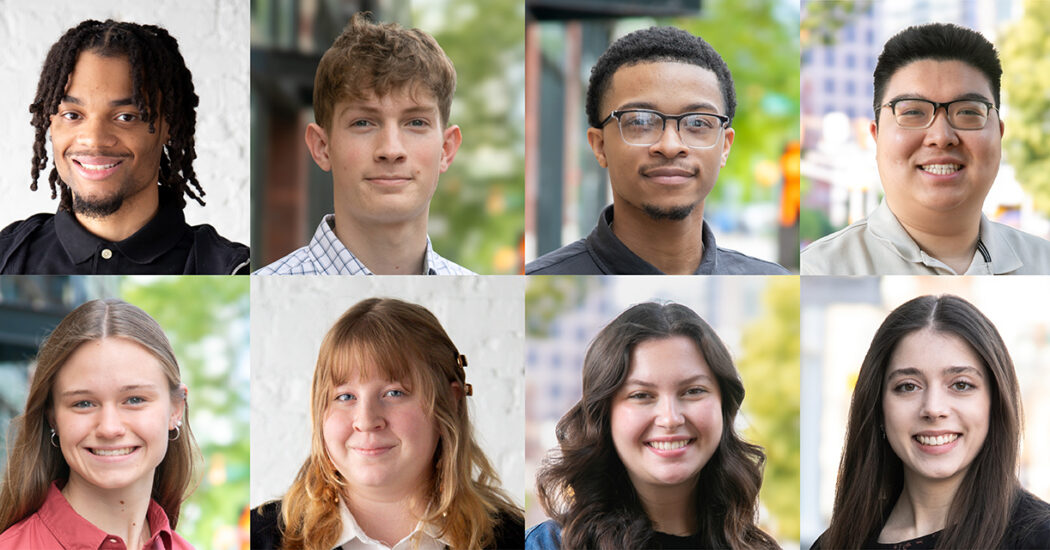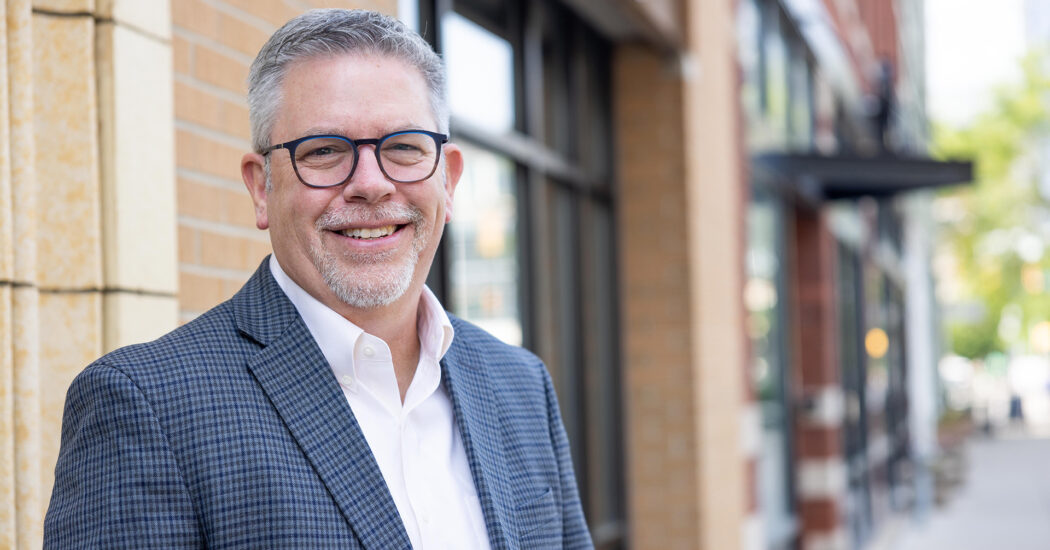Q&A with Stephanie Gates: Finding a Passion for Landscape Architecture
-
Category
Careers + Culture, Leadership -
Posted By
Schmidt Associates -
Posted On
Apr 03, 2025
Great outdoor spaces are thoughtfully designed. From playgrounds to parks, landscape architects shape the places where we connect and create memories.
For Stephanie Gates, landscape architecture is more than a career—it’s a way to blend creativity, sustainability, and community impact. Her path wasn’t traditional, but it led her to a profession she loves. In this Q&A, Stephanie shares how her background and design philosophy shape the work she does at Schmidt Associates.
Finding a Path in Landscape Architecture
Q: What inspired you to pursue a career in landscape architecture?
Like many in the field, I didn’t initially know landscape architecture was an option. I first studied education, but after student teaching, I realized it wasn’t the right fit. A career discussion introduced me to landscape architecture, and I enrolled in school the next week.
Landscape architecture isn’t just a job to me—it’s something I wake up excited to do every day. My dad always said, “Find a job you love, and you’ll never work a day in your life,” and I’ve found that in this profession.
Think about your favorite park growing up or the fields where you made high school or college memories. My favorite projects involve athletics, playgrounds, and parks because these spaces become part of people’s lives, creating lasting memories and a sense of community.
My background in education and caregiving influences my design decisions daily. Carrying a toddler through a busy parking lot showed me the importance of accessibility. Seeing kids get sunburned in minutes reinforced the need for shade. These experiences shape how I approach accessibility, safety, and functionality in design.
Enhancing Design With GIS
Q: How does your background in GIS enhance your approach to landscape architecture?
My GIS background adds another layer to my work by helping me analyze site locations, circulation patterns, and project needs. It provides valuable insights into how people move through and interact with spaces, allowing for more informed design decisions.
GIS helps with everything from evaluating drainage patterns to mapping accessibility routes, ensuring that the landscapes I design are both functional and efficient. It’s a powerful tool that enhances communication, problem-solving, and planning in every project.
Sustainability and Advocacy Through Design
Q: Sustainability is a major focus in your work. How do you incorporate sustainable practices, such as native plantings and pollinator-friendly landscapes, into your designs?
Native plants thrive naturally, reducing maintenance costs while supporting biodiversity. They also add seasonal color and attract pollinators.
Beyond plant selection, sustainability extends to material choices and resource efficiency. Integrating permeable pavers, soil improvement techniques, and locally sourced materials reduces environmental impact while supporting the community. Sustainable design isn’t just about making responsible choices—it’s about aligning solutions with each client’s goals for a lasting impact.
Q: Schmidt Associates embraces a servant leadership mentality. How does this mindset influence your role as a landscape architect, particularly in advocating for sustainable, environmentally responsible design?
Schmidt’s servant leadership mentality was a huge factor in my decision to join the firm. We’re dedicated to creating spaces that truly serve our clients and communities.
My favorite part of the process is getting to know the people we’re designing for—whether that’s school administrators, community leaders, or students—and crafting solutions that exceed their expectations.
We’re constantly learning and researching new ways to integrate sustainability into our designs. The idea that we can improve our clients’ lives while also improving the planet is what motivates me. Schmidt Associates actively supports this mission through tree-planting events, community cleanups, and sustainable design initiatives.
Ultimately, sustainability is at the core of my design philosophy because we all live here—and that alone is reason enough to protect it.
Creating Meaningful and Lasting Spaces
Q: Can you share a project that stands out to you as both meaningful and potentially having a lasting legacy? What made it so impactful?
While it’s hard to pick just one, I find myself especially drawn to athletics projects. There’s something uniquely rewarding about the challenge they present—balancing specific standards and regulations while creatively fitting everything into the available space. It’s like solving a complex puzzle, and I genuinely enjoy that process.
Beyond the technical side, these are the spaces where lifelong memories are made—for students, families, and communities. Seeing the joy on students’ faces as they walk into a finished space reminds me why I do this work. That sense of impact and shared experience—what strengthens communities—is what makes athletic projects so meaningful to me.
Q: Collaboration is key in creating successful outdoor spaces. How do you work with other design professionals, engineers, and communities to bring a project to life?
Successful design relies on collaboration. By working early with architects, engineers, and communities, we align visions, address challenges, and create spaces that enhance the user experience.
Giving Back and Looking Ahead
Q: You’re involved in several professional organizations, including the American Society of Landscape Architects. How has being active in these groups shaped your career, and why is it important to give back to the profession?
Professional organizations provide an incredible platform for learning, networking, and advocacy. Through my involvement, I’ve had opportunities to stay current with industry trends, mentor emerging professionals, and contribute to conversations about the future of landscape architecture.
Giving back is essential—whether through mentorship, community projects, or policy advocacy, it helps ensure our field continues to evolve and positively impact communities.
Q: If you could give one piece of advice to someone considering a career in landscape architecture, what would it be?
Be curious and explore every aspect of the field. Landscape architecture is incredibly diverse—you can work on everything from urban planning to ecological restoration to public spaces.
Find what excites you and lean into it. The more you learn and engage with different projects, the more fulfilling your career will be.
Inspired by Stephanie’s passion for landscape architecture?
Let’s create outdoor spaces that connect communities and stand the test of time. See how Schmidt Associates can bring your vision to life—explore our landscape design projects here: https://schmidt-arch.com/services/site/








